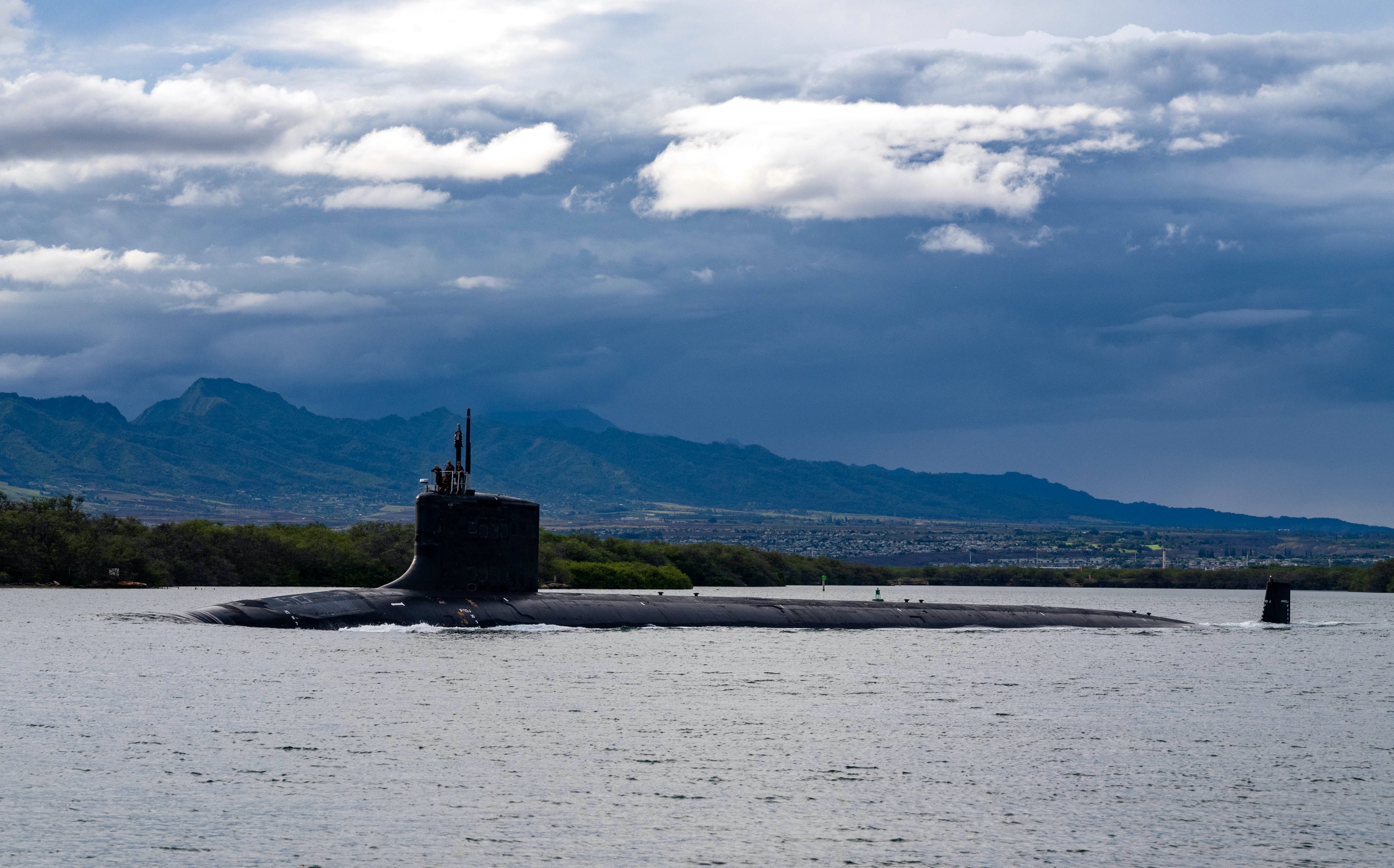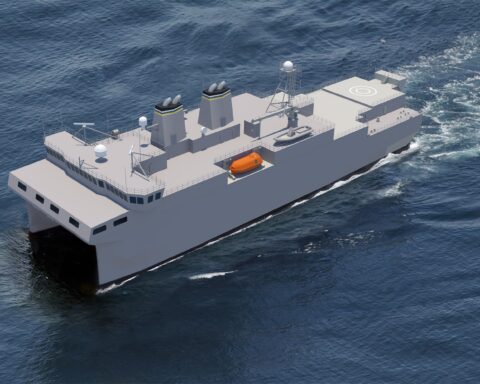The following is the May 24, 2023, Congressional Research Service report Navy Medium Landing Ship (LSM) (Previously Light Amphibious Warship [LAW]) Program: Background and Issues for Congress.
From the report
The Navy’s Medium Landing Ship (LSM) program, previously called the Light Amphibious Warship (LAW) program, envisions procuring a class of 18 to 35 new amphibious ships to support the Marine Corps, particularly in implementing a new Marine Corps operational concept called Expeditionary Advanced Base Operations (EABO). The Navy wants to procure the first LSM in FY2025. The Navy’s proposed FY2024 budget requests $14.7 million in research and development funding for the program.
The EABO concept was developed with an eye toward potential conflict scenarios with China in the Western Pacific. Under the concept, the Marine Corps envisions, among other things, having reinforced-platoon-sized Marine Corps units maneuver around the theater, moving from island to island, to fire anti-ship cruise missiles (ASCMs) and perform other missions so as to contribute, alongside Navy and other U.S. military forces, to U.S. operations to counter and deny sea control to Chinese forces. The LSMs would be instrumental to these operations, with LSMs embarking, transporting, landing, and subsequently reembarking these small Marine Corps units.
LSMs would be much smaller and individually much less expensive to procure and operate than the Navy’s current amphibious ships. Under the Navy’s FY2024 budget submission, the first LSM would be procured in FY2025 at a cost of $187.9 million, the second LSM would be procured in FY2026 at a cost of $149.2 million, the third and fourth LSMs would be procured in FY2027 at a combined cost of $297.0 million (i.e., an average cost of about $148.5 million each), and the fifth and sixth LSMs in FY2028 at a combined cost of $296.2 million (i.e., an average of about $148.1 million each). The first LSM would cost more than subsequent ships in the program because the procurement cost of the first LSM would include much or all of the detailed design/nonrecurring engineering (DD/NRE) costs for the class. (It is a traditional Navy budgeting practice to include much of all of the DD/NRE costs for a class of ship in the procurement cost of the lead ship in the class.)
The LSM as outlined by the Navy could be built by any of several U.S. shipyards. The Navy’s baseline preference is to have a single shipyard build all the ships, but the Navy is open to having them built in multiple yards to the same design if doing so could permit the program to be implemented more quickly and/or less expensively. The Navy’s FY2024 budget submission states that the contract for the construction of the first LSM would be awarded in December 2024, and that the ship would be delivered in July 2028.
The LSM program poses a number of potential oversight matters for Congress. The issue for Congress is whether to approve, reject, or modify the Navy’s annual funding requests and envisioned acquisition strategy for the program. Congress’s decisions regarding the program could affect Navy and Marine Corps capabilities and funding requirements and the U.S. shipbuilding industrial base.
Download the document here.





